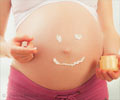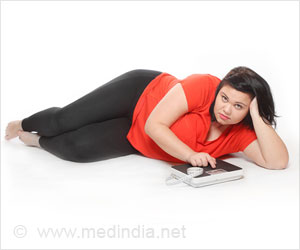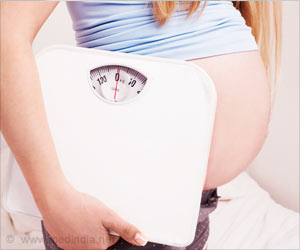Post-Pregnancy skin care for all mothers: Apply an ice pack for 15 to 20 minutes, have lukewarm water baths, and visit your dermatologist in case of pruritic urticarial papules and plaques of pregnancy (PUPPP).
Highlights
- Go for massages, use moisturizing lotions during pregnancy & continue post delivery as well to prevent stretch marks
- Use cosmetics that are non-comedogenic and keep yourself hydrated to avoid acne
- In case of dermatitis/eczema, use a mild soap, wear cotton clothes & consult your doctor for treatment
Melasma: Often known as "the mask of pregnancy," is a pigmentation disorder that is caused by a combination of hereditary, hormonal factors, as well as due to sun exposure. It shows up as mottled dark spots on the cheekbones, forehead, nasal bridge, upper lips and rarely, over the jawline.
How to tackle it:
a) Sun protection is the most important step to avoid and prevent the worsening of melasma. Physical protection like opaque umbrellas, wide-rimmed hats, the scarf should be used while stepping out in the sun
b) Use liberal amounts of sunscreen with a minimum SPF 30, in the morning, at least 15 minutes before stepping out and repeat it in the afternoon after 3-4 hours. Sunscreen use should not be restricted to only while stepping outdoors or when it's sunny but also while indoors. Remember to use only physical sunscreen during your pregnancy and breastfeeding period.
Stretch Marks
How to tackle it:
a) Prevention is better than cure. Start using moisturizing lotions containing cocoa butter and Shea Butter during pregnancy itself and continue to post your delivery.
b) Massages will also enhance the elasticity of the skin, however, do take care to do it gently.
c) In the initial stages, the stretch marks are red in colour (striae rubra) and these respond best to treatment, so do visit your dermatologist early.
d) Various cosmetic procedures like lasers, PRP, micro-needling with a derma roller can be done to lighten the scars.
Acne
Acne or pimples is caused by an inflammation of the sebaceous glands of the face. While a few women report clearing of their pre-existing acne during pregnancy, others may experience a severe flare. This is due to the hormonal changes that occur during pregnancy.
How to tackle it:
a) Always use cosmetics that are non-comedogenic.
b) Increased fluid intake and staying hydrated may help your acne naturally.
c) Remember to remove makeup before bedtime and avoid frequently touching your face.
d) Products containing benzoyl peroxide may be used to penetrate clogged pores and remove pollutants; it is also safe to use during and after breastfeeding.
e) Although products containing retinol are great for acne treatment, they are contraindicated during pregnancy and breastfeeding.
Dermatitis/ Eczema
Eczema, also known as dermatitis, is a common yet non-infectious skin condition that will not transmit to the infant. It's usually the result of an underlying sensitive skin disease that's been there for a while. Hand eczema has become quite common of late due to frequent hand washing with harsh soaps and hand sanitizers.
How to tackle it:
a) Use a mild soap with a skin-friendly pH.
b) Gently pat dry the skin after each wash and apply a moisturizing cream immediately which helps to lock in the moisture content of the skin.
c) Topical steroid creams are used to treat severe eczemas, however, they should always be prescribed by a dermatologist after careful evaluation and never be taken OTC from pharmacies. They are safe during pregnancy and lactation.
d) Do not wear anything too tight or shape-fitting. Tight clothes may trap the heat and make the skin irritable. Better to pick natural fabrics, like cotton.
PUPPP
The most common pregnancy rash is PUPPPs, or pruritic urticarial papules and plaques of pregnancy. These itchy, red spots appear around stretch marks and can spread to the arms, legs, and buttocks. They generally appear at the end of pregnancy, when the tummy is stretched the most.
How to tackle it:
a) Try applying something cold to your rash to receive some relief. Apply an ice pack for 15 to 20 minutes or cover the rash with a cold, damp cloth.
b) Have lukewarm water baths as very hot water dries the skin and aggravates the itching
c) Keep the skin moisturized with a good moisturizer or coconut oil.
d) Visit your dermatologist who will further guide you on use of safe treatment options during pregnancy and lactation.
Source-IANS











